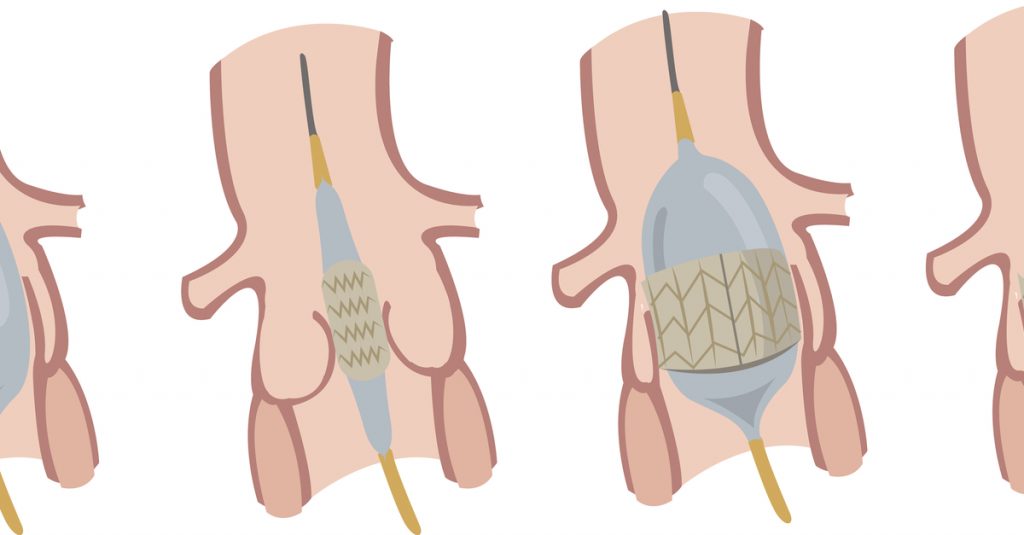Arq. Bras. Cardiol. 2020; 115(4): 688-689
Computational Analysis of Fluid Dynamics in the Transcatheter Aortic Valve Replacement
This Short Editorial is referred by the Research article "Prediction of Stress Map in Ascending Aorta – Optimization of the Coaxial Position in Transcatheter Aortic Valve Replacement".
Transcatheter aortic valve replacement (TAVR), a minimally invasive heart surgery, was introduced by Cribier et al. as an alternative to the traditional open-heart surgery in the treatment of individuals with severe aortic valve stenosis and at high surgical risk due to advanced age or the presence of multiple comorbidities. After the first pioneering efforts, the advent of innovative prosthetic valves, and more technologically refined approaches and devices, the use of TAVR for patients with intermediate surgical risk has been a worldwide trend. However, variation in the prosthetic valve positioning and orientation post TAVR procedure can produce significant changes in the aortic hemodynamics and the corresponding stresses in the vessel wall.
Within the aorta, there are two categories of vessel wall stress. The first category of stress is the result of the friction between the moving blood and the vessel wall, which is proportional to the blood speed, moving away from the intimate layer of the vessel wall. This kind of stress is known as wall shear stress (WSS). The second category of stress is due to the variation in pulse pressure generated during the cardiac cycle. In this category, there are circumferential, axial and radial stress transferred to all vessel wall layers. With advancing age, the aorta enlarges, the arch changes shape from a near-perfect semicircle, and the vessel generally becomes more tortuous. Moreover, the change in the natural curvature of the aorta introduces secondary flow dynamics and flow asymmetry, which directly influence WSS distribution and magnitude over the vessel wall.
[…]
1,123

